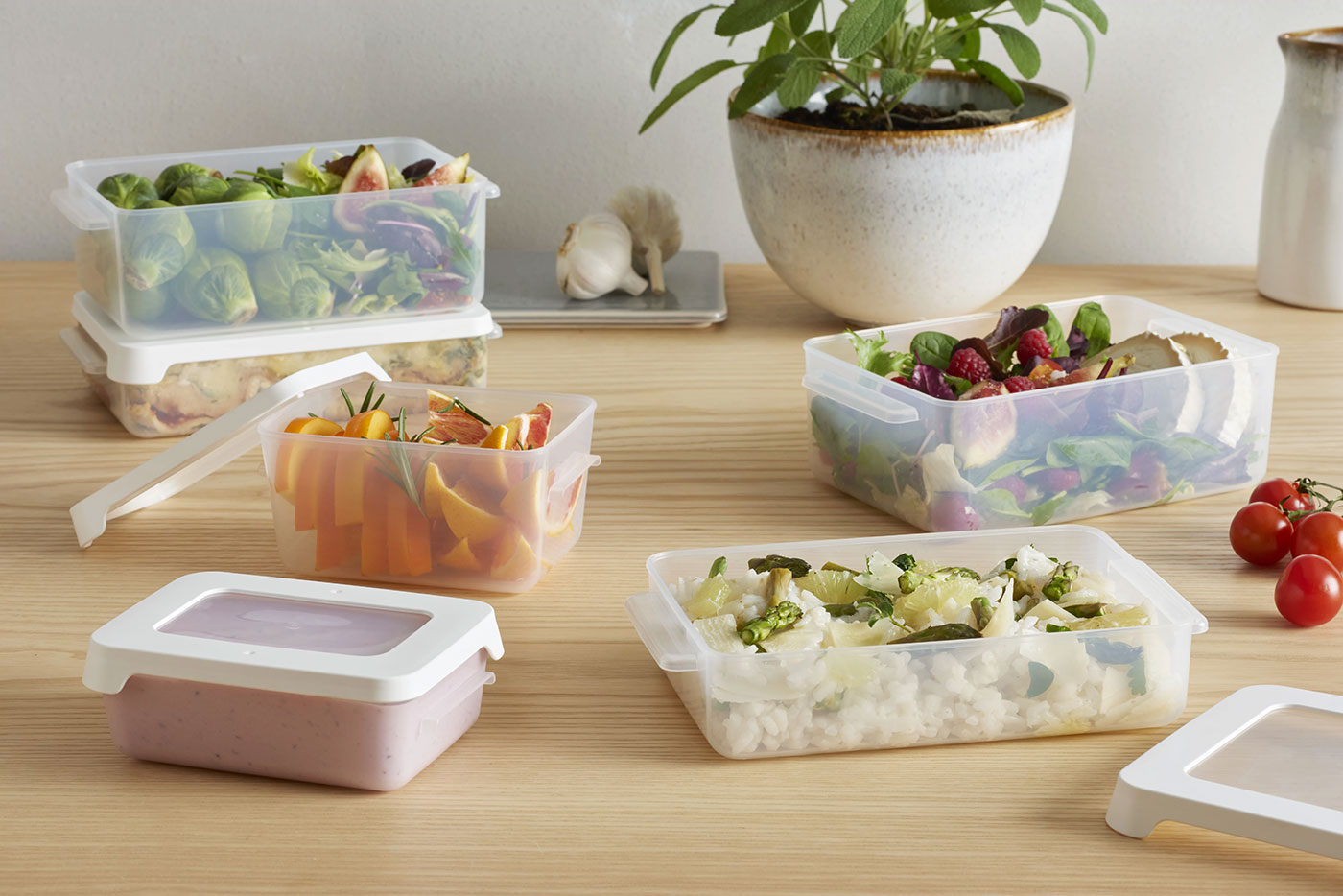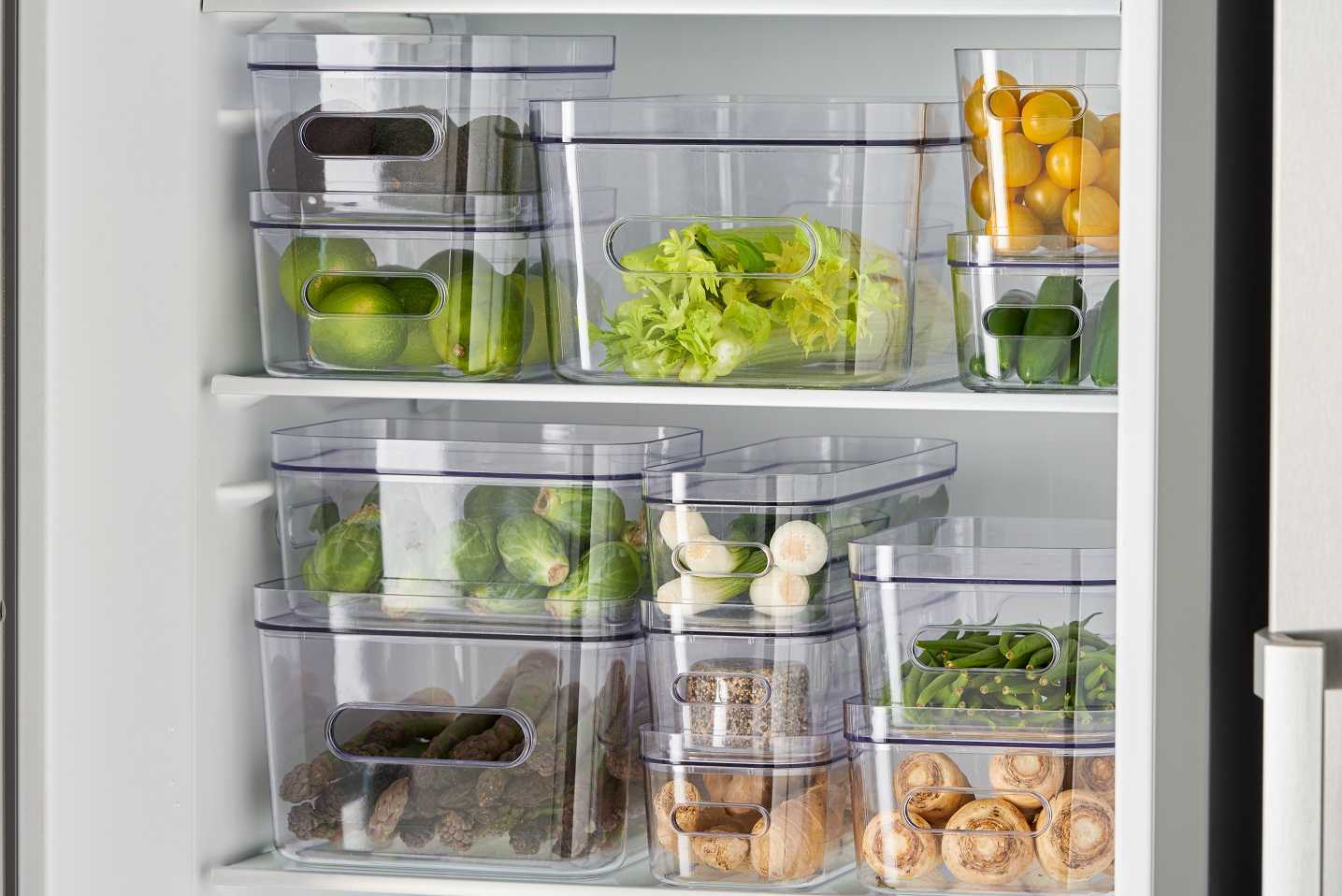
- Produkte
- Produkte
-
 Aufbewahrung
Aufbewahrung - Aufbewahrung
- Aufbewahrungskörbe
- Wasserbeständig Aufbewahrung
- Aufbewahrungsboxen
- Aufbewahrungsboxen
- SmartStore™ Classic
- SmartStore™ Recycled
- SmartStore™ Home
- SmartStore™ Compact
- SmartStore™ Comfort
- SmartStore™ Compact Clear
- SmartStore™ Basic
- SmartStore™ Module
- Extrem robuste Aufbewahrung
- Bunte & dekorative Aufbewahrung
- Organizer für Aufbewahrungsboxen
- Unterbett-Aufbewahrung
- Sortieren & Recycling
- Lunchboxen
-
 Küche
Küche - Küche
- Küchenhelfer
- Küchenhelfer
- Messer & Schneidbretter
- Löffel
- Pfannenwender & Küchenzangen
- Schneebesen & Küchensiebe-/seiher
- Küchenhelfer Nylon
- Reiben & Käsehobel
- Schneider, Stampfer und Pressen
- Flaschen- und Dosenöffner
- Besteckkörbe und- ständer
- Weitere Küchenhelfer
- Lunchboxen
- Lunchboxen
- Kühlschrank-Organizer
- Gefrierboxen
- Lebensmittelaufbewahrung aus Glas
- Stapelbare Vorratsdosen
- SmartStore™ Compact
- SmartStore™ Compact Clear
- Backen
- Tischgeschirr
-
 Haus & Hof
Haus & Hof - Haus & Hof
- Eimer & Wannen
- Universal-Tonnen
- Vogel-Fütterung
- Briefkästen
- Wäschekörbe und -sammler
- Abfallsammler
- Badprodukte für Kinder
-
 Pflanzenpflege
Pflanzenpflege - Marken
- Über Orthex Group
- Über Orthex Group
- Über Orthex Group
- Symbole
- Werdegang
- Wo Ihr unsere Produkte kaufen könnt
- FAQ
- Kontakt aufnehmen
- Nachhaltigkeit
- Nachhaltigkeit
- Nachhaltigkeit bei Orthex
- Nachhaltigkeit bei Orthex
- Nachhaltigkeit bei Orthex
- Nachhaltigkeitsstrategie
- Beurteilung der Wesentlichkeit
- Nachhaltigkeitsmanagement
- Beitrag zu den SDGs
- Nachhaltigkeitsbericht
- Die Umwelt
- Die Umwelt
- Die Umwelt
- CO2-Fußabdruck
- Nachhaltige Rohstoffe
- Nachhaltige Rohstoffe
- Nachhaltige Rohstoffe
- Recycelte Rohstoffe
- Erneuerbare Materialien
- Mass Balance Ansatz
- Forschung und Entwicklung
- Ressourceneffizienz
- Zertifizierungen
- Recycling
- Soziale Verantwortung
- Soziale Verantwortung
- Soziale Verantwortung
- Wohlbefinden der Mitarbeiter
- Produktsicherheit
- Kundenzufriedenheit
- Governance im Bereich Nachhaltigkeit
- Inspiration
- Bilder
- Investors

 Aufbewahrung
Aufbewahrung  Küche
Küche  Haus & Hof
Haus & Hof  Pflanzenpflege
Pflanzenpflege 







